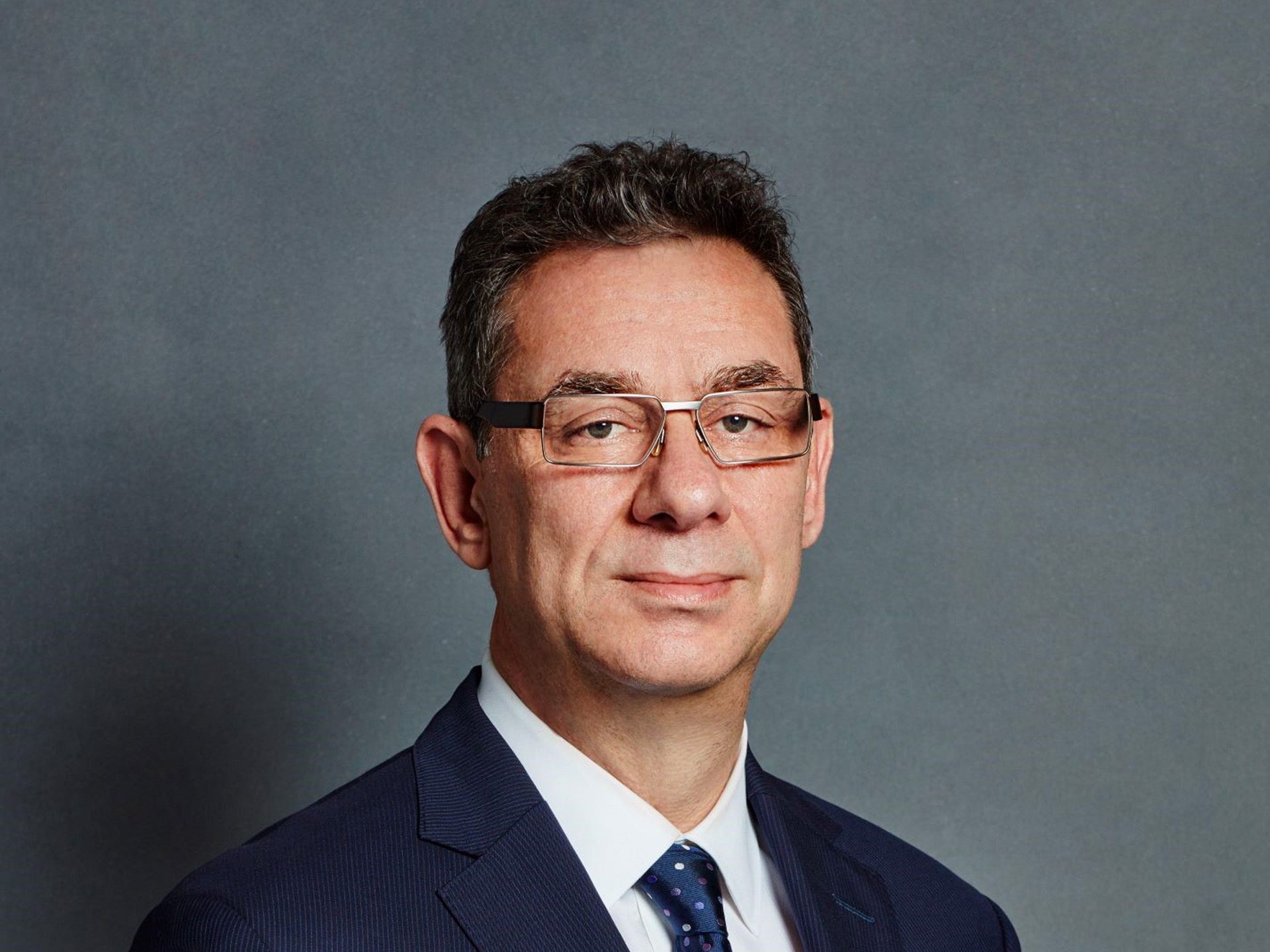The world may run short of critical raw materials by 2030. But this article is not a business-as-usual discussion about scarcity, and the solution to the looming materials shortages is not a simple matter of “use less of this and more of that.” Some obvious substitute materials are also under scarcity pressure, geopolitical tensions are raising the stakes around concentration risk even in cases where supply is abundant, and tariff shocks are introducing further complexity.
As they look to the future, company leaders and policymakers need to possess a deep understanding of the industrial value chains that deliver the materials, components, and technologies necessary for the energy transition. Uncertainty about how these value chains grow and evolve is a source of risk, but also opportunity. By combining smart investment with targeted innovation, early movers will not just adapt to scarcity but also create competitive advantage. Those that start now will define the future.
Unfortunately, efforts to achieve this level of understanding have often fallen short. Many institutional estimates have failed to accurately predict the speed of deployment of different clean energy sources, which has impeded planning and capital allocation. And shifting government policies—such as those related to new energy adoption, sudden tariffs, or export controls and bans—make planning even more challenging.
Three Categories of Risk
To help leaders untangle this complexity, we charted the pathways for clean energy technologies such as solar panels, wind turbines, and electric vehicles, from material to component to finished product. Specifically, we broke down 130 technologies into 14,000 material-to-technology pathways. We found 135 materials for which demand is growing faster than global GDP, driven strongly by the energy transition. We varied combinations of parameters 6,000 times—for example, changing the assumptions around onshore versus offshore wind ratios—and ultimately we identified a core group of materials that are at some form of risk by 2030. The specifics of the risks they face differ in meaningful ways, but they fall into three broad categories.


